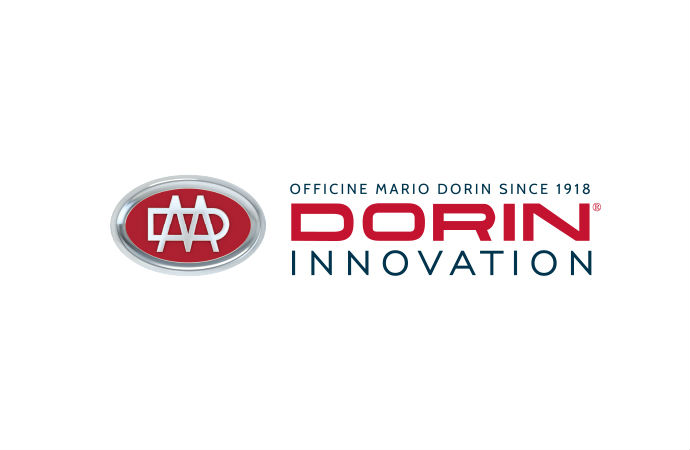The Coca-Cola Company has released its 2010/2011 Sustainability Report, reviewing the progress made towards its goal to have all new cold-drink equipment HFC-free as of 2015. The company had by the end of August 2011 increased its HFC-free equipment using both hydrocarbons and CO2 to 400,000 units, and estimates that in 2010 about 15% of the company’s new cold-drink equipment purchases were HFC-free.

The figures reveal that a tripling of the HFC-free placement would be required over the next couple of years, if the company is to meet its interim goal to have 50% of new cold-drink equipment HFC-free by 2012 and final goal of 100% new HFC-free equipment by 2015.
The Coca-Cola Company has chosen CO2 as preferred refrigerant
After trialling both hydrocarbons and CO2, in May 2011 the Coca-Cola Company Operating Committee selected CO2 technology as the technology of choice. To achieve the stated 2015 goal, it has signed a supply agreement with a Japanese manufacturer enabling them to significantly increase the purchase of CO2 compressors for their refrigeration equipment.
Do hydrocarbons still stand a chance?
Mr Azar from the Coca-Cola Company discussed the company’s decision to pursue its HFC-free strategy with CO2 technology as the preferred option in late 2011 in the context of the ATMOsphere Europe 2011 workshop on natural refrigerants. “We are sure that both hydrocarbons and CO2 are reliable and energy efficient,” he noted, focusing his presentation however on CO2 technology.
But does a “preferred option” mean the “only option”, especially considering the presence of the company globally in diverse locations and markets and in view of the upcoming 2012 and 2015 commitments?
Hydrocarbons could also enable the company to meet another goal it had set but slightly fell short of, namely to increase the energy efficiency of new cooling equipment by 40 percent by the end of 2010 compared to 2000 levels. According to the sustainability report, all newly certified models of glass-door coolers met or even exceeded this goal, however when vending machines and fountain machines are considered, which together make up about 26% of its equipment base, the company estimates that approximately 95% of new such units were at least 40% more energy efficient than in 2000.
Meanwhile, competing beverage giant Pepsi is increasingly focusing on hydrocarbons: for example in Turkey all new Pepsi coolers put on the market since 2009 use hydrocarbons, while its Ukrainian member company Sandora in 2011 purchased 14,000 hydrocarbon refrigerators designed for commercial displays in shops and supermarkets.
Background: rationale for going HFC-free
With more than 10 million dispensers, vending machines and coolers in the marketplace, the Coca-Cola Company aims to contribute to the global response to climate change through installing cooling equipment that is HFC-free. By phasing out HFCs, the company expects to avoid emissions of more than 52.5 million metric tons of carbon dioxide equivalent over the life of the equipment.
The Coca-Cola Company has chosen CO2 as preferred refrigerant
After trialling both hydrocarbons and CO2, in May 2011 the Coca-Cola Company Operating Committee selected CO2 technology as the technology of choice. To achieve the stated 2015 goal, it has signed a supply agreement with a Japanese manufacturer enabling them to significantly increase the purchase of CO2 compressors for their refrigeration equipment.
Do hydrocarbons still stand a chance?
Mr Azar from the Coca-Cola Company discussed the company’s decision to pursue its HFC-free strategy with CO2 technology as the preferred option in late 2011 in the context of the ATMOsphere Europe 2011 workshop on natural refrigerants. “We are sure that both hydrocarbons and CO2 are reliable and energy efficient,” he noted, focusing his presentation however on CO2 technology.
But does a “preferred option” mean the “only option”, especially considering the presence of the company globally in diverse locations and markets and in view of the upcoming 2012 and 2015 commitments?
Hydrocarbons could also enable the company to meet another goal it had set but slightly fell short of, namely to increase the energy efficiency of new cooling equipment by 40 percent by the end of 2010 compared to 2000 levels. According to the sustainability report, all newly certified models of glass-door coolers met or even exceeded this goal, however when vending machines and fountain machines are considered, which together make up about 26% of its equipment base, the company estimates that approximately 95% of new such units were at least 40% more energy efficient than in 2000.
Meanwhile, competing beverage giant Pepsi is increasingly focusing on hydrocarbons: for example in Turkey all new Pepsi coolers put on the market since 2009 use hydrocarbons, while its Ukrainian member company Sandora in 2011 purchased 14,000 hydrocarbon refrigerators designed for commercial displays in shops and supermarkets.
Background: rationale for going HFC-free
With more than 10 million dispensers, vending machines and coolers in the marketplace, the Coca-Cola Company aims to contribute to the global response to climate change through installing cooling equipment that is HFC-free. By phasing out HFCs, the company expects to avoid emissions of more than 52.5 million metric tons of carbon dioxide equivalent over the life of the equipment.
MORE INFORMATION
Related stories









